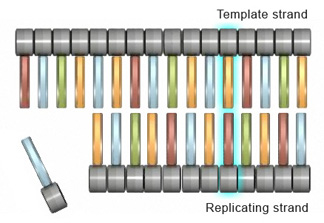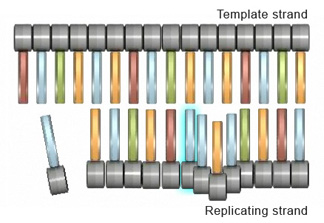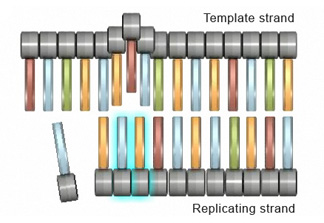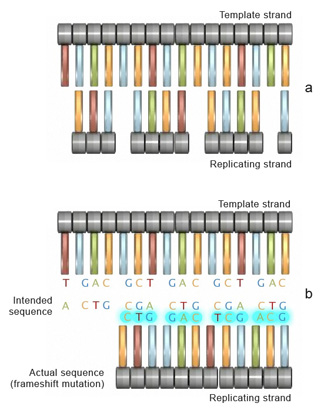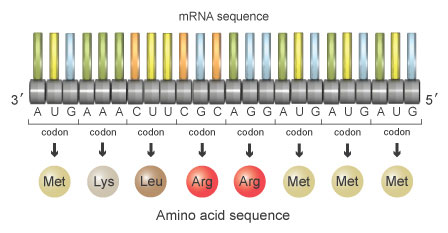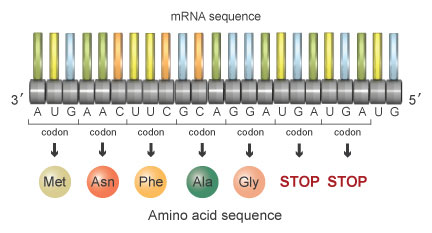WinterBorn
Diamond Member
- Moderator
- #61
More than your scientific sources that this vaccine is safe long termTell us how many rna vaccines you have had?Not in as much as long term suffering.Your father had long term effects and that is very relevant because you waffle back and forth like an autistic kid trying to stand stillYou said that your father suffered until he died, that is long term, decades and decadesAre you really so ignorant that you believe that there is long term effects info on a brand new vaccine?How are the long term problems documented in a brand new fucking vaccine?LOL kids are not even being vaccinated with the covid vaccine because kids are not vulnerable. So kids have to wait until they are 60 or more and have been smoking for 40 years or more. Then they can get vaccinated
OKEEDOKEE I understand now
What?? They won't be vaccinated until they are 60? Where do you get your nonsense?
Since vaccine immunity does not last forever, there is no point in vaccinating until there is risk.
And there essentially is no risk until you are over 60.
You can vaccinate sooner, but there is no point in doing so for covid-19 since the vaccine would only increase your risk under the age of 60.
There is a danger. It may not be a fatality, but the long term problems are well documented.
Ignorance like yours is often fatal
Go ahead and make more ridiculous claims. I like laughing on Xmas Eve.
Take your geritol
I know that the long term effects of covid-19 can be rough. And the hundreds of thousands of deaths are certainly long term.
Thanks for agreeing
I said that my ex-father-in-law suffered for decades from exposure to Agent Orange. And that is the truth. Irrelevant to this conversation, but still the truth.
I know facts aren't important to you, but do pay attention. There is a distinct difference between a father and a father-in-law.
That was sad pop, you might want to call one of your boyfriends
Ohhh, are you resorting to homophobic insults now? LMAO!!
Sad is referring to a conversation in another thread, on another topic, and thinking it relevant. It isn't.
None.
How many scientific sources do you have for your claim that the covid vaccine alters your DNA?
That is a lie. I have posted links from experts. You have done nothing but lie.
